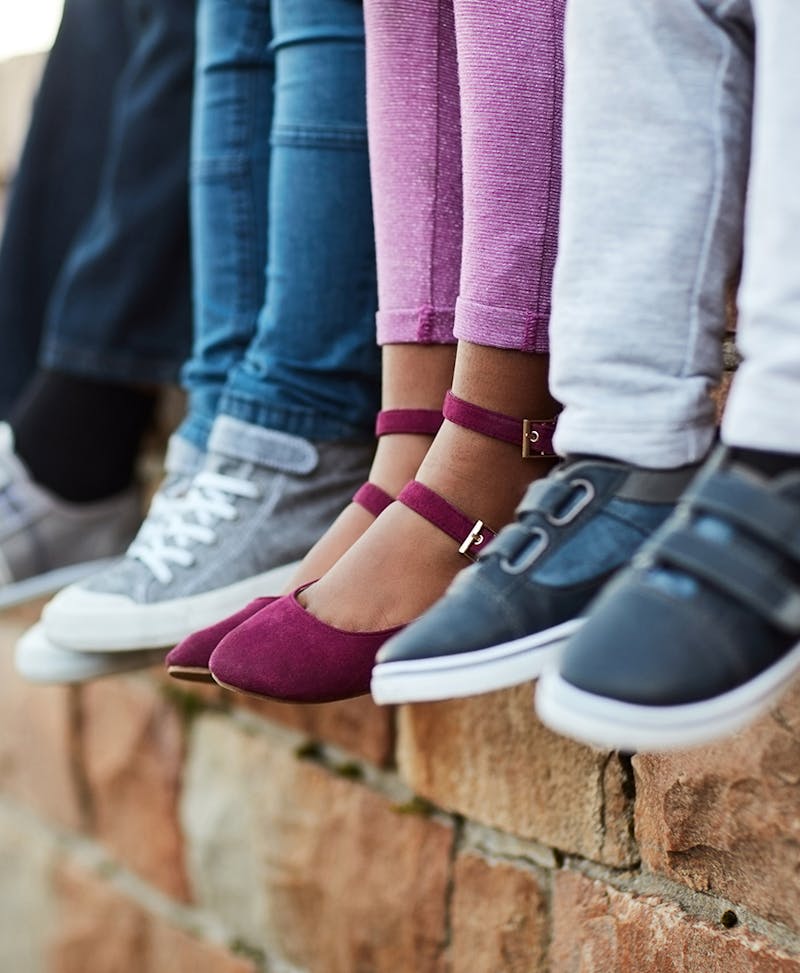Schedule a Consultation
Contact Us


A child’s foot develops most rapidly during the first five years of life. This process does not stop until the foot reaches skeletal maturity, around the age of 13 to 15. Many parents become concerned when they notice that their child’s foot structure or gait differs from the norm. In some cases, these problems correct themselves over time, but others require medical treatment.
Flat Feet
Babies are actually born with flat feet, and the arches develop as they grow. However, some children never fully develop arches. Children with flat feet typically have ankles that turn inward. As a general rule, flat feet are not a cause for concern and should not prevent your child from engaging in sports or other activities. If your child begins to develop foot pain, your child’s doctor may recommend custom arch support inserts.
Toe Walking
It is normal for toddlers to walk on their toes while they are first learning to walk. They usually stop doing this by the time they are three years old. If your child continues to toe walk or only toe walks on one leg, they may need a medical evaluation. This could be a sign of a medical condition such as cerebral palsy, nervous system problems, or muscle weakness disorders. If your child is otherwise healthy, your doctor may recommend physical therapy or place a cast on the leg to stretch the tightened calf muscles.
Pigeon Toes
Also known as in-toeing, where the feet turn inward, pigeon toes are natural when babies first learn to stand. In most cases, in-toeing is the result of natural variations in the bone structure of the leg and rarely requires treatment. Most children will outgrow in-toeing as they gain better coordination and muscle control in their teens. In rare instances, in-toeing may be related to medical conditions such as cerebral palsy.
Bowlegs
Bowleggedness is a condition where the legs turn outward from the knee down. It is natural for infants to be bowlegged when first learning to stand and walk, and this usually resolves as the child grows. The condition can also be inherited. You should consult a doctor if your child is only bowlegged on one side, remains bowlegged after the age of two years, or the condition gets worse. In rare cases, bowleggedness may be the result of a vitamin D and calcium deficiency called rickets, or abnormal bone growth called Blount disease.
Knock-Knees
Most children are knock-kneed until about six years of age. The knees turn in slightly as a result of the body’s natural alignment shift. The condition typically resolves on its own without treatment. Severe cases may require medical assistance if your child has pain or difficulty running or walking.